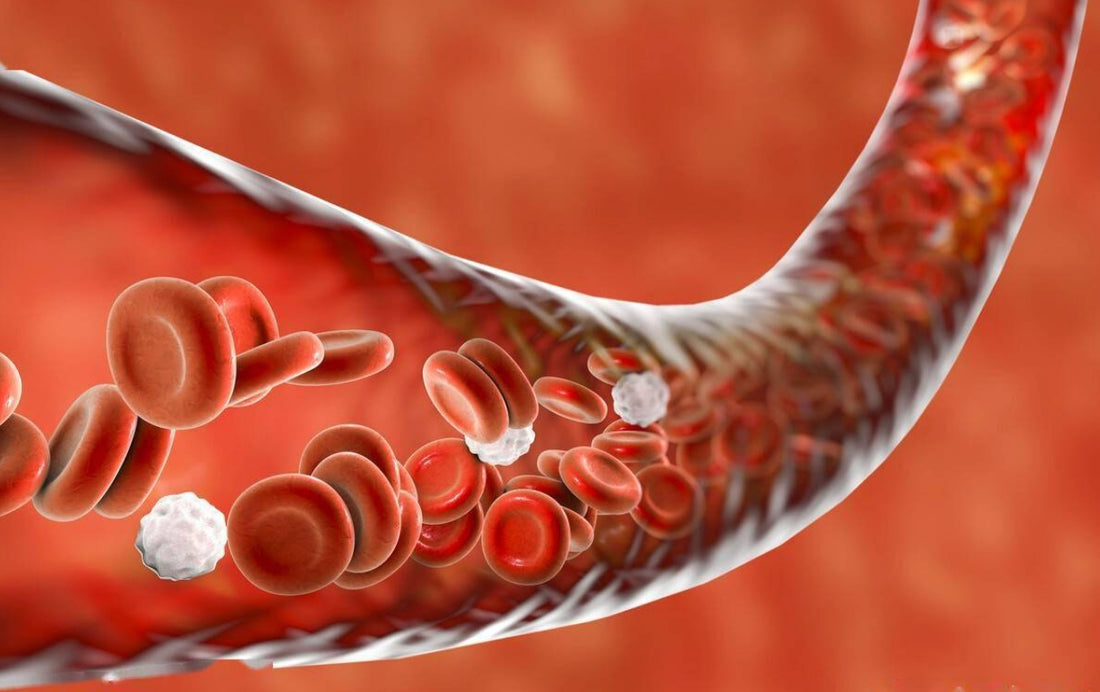
Red Light Therapy While Pregnant: Benefits and Precautions
2MegelinExploring the potential of red light therapy while pregnant opens new possibilities in prenatal care. As non-invasive treatments gain popularity, many expectant mothers are curious about the safety and benefits of such therapies. Red light therapy is known for its healing and restorative properties, but its use during pregnancy raises important questions.
Understanding Red Light Therapy
What is Red Light Therapy (RLT)
It is a treatment that uses low-level wavelengths of red light to improve skin appearance and treat medical conditions. It helps with issues like wrinkles, scars, redness, and acne, and it also aids in muscle repair and reducing inflammation.
How It Works
RLT targets the mitochondria in cells, boosting energy production. This increased energy helps cells rejuvenate and repair themselves more efficiently, promoting collagen production, enhancing blood circulation, and reducing inflammation. The therapy's ability to penetrate deep into the tissues allows it to address a range of conditions from superficial skin issues to deeper muscle problems.
Is Red Light Therapy Safe During Pregnancy?
Safety Concerns:
The safety of red light therapy during pregnancy is complex due to limited research. While some studies suggest it is safe, the lack of extensive data advises caution. The primary concern is the potential impact on fetal development, although there is no direct evidence suggesting harm. The conservative approach taken by many health professionals is to avoid treatments not extensively studied for safety during pregnancy.
Medical Opinions:
Health professionals recommend a cautious approach. The American Pregnancy Association advises against treatments not proven safe for fetal development. Conversely, some medical experts point out the potential benefits of red light therapy, such as its ability to manage pain and reduce inflammation without drugs, which could be advantageous during pregnancy.
Consulting Your Doctor:
Always consult your healthcare provider before starting any new treatment during pregnancy. They can offer tailored advice based on your health history and pregnancy stage. Your doctor can help assess the potential benefits and risks, ensuring both you and your baby’s safety.
Benefits of Red Light Therapy for Pregnant Women
Pain Relief: Pregnancy often brings discomforts such as back pain, joint pain, and muscle aches. Red light therapy can help alleviate these common pregnancy-related pains by reducing inflammation and increasing blood circulation. The therapy can be particularly beneficial for pregnant women who want to avoid medications for pain relief.
Skin Health: The therapy supports skin health by promoting collagen production, which helps to reduce stretch marks and maintain skin elasticity. Pregnancy often leads to skin changes, and red light therapy can help manage issues like increased sensitivity and stretch marks, ensuring that your skin remains healthy and resilient.
Improved Sleep: Many pregnant women struggle with sleep issues due to physical discomfort and hormonal changes. Red light therapy has been shown to regulate melatonin production, which can improve sleep quality and duration. Better sleep can lead to improved overall health and well-being for expectant mothers.
Mental Well-being: Pregnancy can be a stressful time, and mood swings are common due to hormonal changes. Red light therapy can enhance mood and reduce stress, contributing to better mental health. By promoting relaxation and reducing anxiety, the therapy can help pregnant women maintain a positive outlook.
Using Red Light Therapy Safely During Pregnancy
Best Practices: When considering red light therapy during pregnancy, it is crucial to prioritize safety. Always consult with your healthcare provider before starting any new treatment to ensure it is safe for both you and your baby. Avoid direct exposure to the abdomen area to prevent any potential risks.
Types of Devices: Choosing the right device is essential for safe and effective treatment. Look for FDA-approved red light therapy devices that emit light within the therapeutic range of 630–680 nm for red light and 810–880 nm for near-infrared light. Ensure the devices are anti-flicker to avoid eye strain and produce minimal heat to ensure comfort during the session.
Dosage and Frequency: To safely use red light therapy during pregnancy, start with shorter sessions of 5–10 minutes and gradually increase to a maximum of 20 minutes as you become more comfortable with the technology. Begin with treatments 2-3 times per week, adjusting based on your response and your healthcare provider’s recommendations.
Potential Side Effects: While red light therapy is generally safe and non-invasive, it is important to be aware of potential side effects. Risks include overheating and eye damage if the therapy is not used correctly. Always use protective eyewear during sessions and ensure that the device does not overheat.
Personal Experiences and Medical Studies
Medical Studies: Some studies suggest that red light therapy may offer benefits for pregnant women, such as managing depressive disorders. However, due to the scarcity of targeted research, these benefits should be weighed against the potential risks. Medical professionals often recommend a cautious approach, emphasizing the importance of personalized medical advice.
Personal Experiences: Many women report positive experiences with red light therapy while pregnant, noting improvements in pain management, skin health, and overall well-being. These personal accounts can be encouraging, but it’s essential to remember that each pregnancy is unique. What works for one person may not be suitable for another, underscoring the need for professional guidance.
Conclusion
Navigating the realm of red light therapy during pregnancy reveals a landscape filled with potential benefits and necessary precautions. The therapy offers numerous positive effects, including pain relief, improved skin health, better sleep, and enhanced mental well-being. However, the paramount importance of safety and personalized consultation with healthcare providers cannot be overemphasized. Ensuring the well-being of both mother and child during this delicate phase is crucial.
As we explore the balance between embracing innovative treatments and adhering to evidence-based caution, it’s clear that further research is needed to fully understand the implications of red light therapy during pregnancy. In the meantime, the current knowledge empowers women to make informed decisions about their health and that of their unborn babies. By consulting healthcare providers and following best practices, expectant mothers can potentially benefit from this therapy while maintaining safety and comfort.










